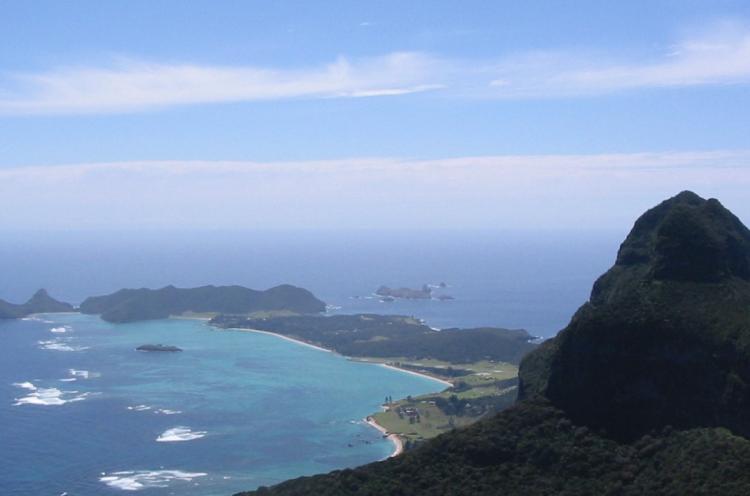
Lord Howe Island’s (LHI) natural environment is booming following the successful completion of one of the world’s largest rodent eradication programs.
In just over eighteen months the $15.5 million program has all but wiped out an estimated 300,000 plus rodents and other feral pests giving the island’s native plants and animals a fighting chance at revival.
Visiting the island last week, Environment Minister Matt Kean said he was delighted with the success of the program highlighting what can be achieved when goverments work hand-in-hand wth local communities and act on the best scientific advice.
“This is an extraordinary example of a community conservation effort backed by world leading science,” Mr Kean said.
“Feral pests and weeds have wreaked havoc here in the past. This program is reversing that and changing the destiny of the plants and animals that call this precious and unique part of Australia home.”
One of the outstanding examples of the program’s success is the doubling in population of the island’s iconic flightless Lord Howe woodhen, with a recent survey recording over 440 birds, twice the number recorded from just 12 months prior.
This is a record-breaking result with our scientists saying it’s the highest number of woodhens ever recorded since the island’s annual surveys began. The previous record was just 250 birds.
“This is such a unique, precious and rare environment, there are flora and fauna here that are found nowhere else on earth, it is vitally important we protect it or risk losing it forever,” Mr Kean said.
While the island will not be officially declared rodent free until two years after the baiting, (expected in the second half of this year), there have been no confirmed sightings of rodents since the baiting was completed in November 2019.
KEY FACTS
- The rodent eradication on LHI was undertaken as an aerial operation between June and July 2019 hand-in-hand with a ground baiting operation within the islands settled areas until October 2019.
- It has been 15 months since the last rodent was sighted. The challenge now is ongoing monitoring and strengthening quarantine to prevent reinvasion
- Significant because first time rodents have been eradicated from a large inhabited island using a mix of aerial and hand broadcast and bait stations.
- Also significant because LHI is a World Heritage listed island with a large number of threatened species found nowhere else on earth.
- Rats and other ferals have already caused the extinction of untold invertebrate species on LHI but significantly many vertebrates.
- Rats and feral animals have already caused the extinction of;
- six bird species including the LHI fantail, White-eye, Gerygone, Starling and Thrush,
- 13 invertebrates,
- two plant species Sicyos australis and Solanum bauerianum
- More than 23,000 bait stations were laid across the island, including inside all buildings.
- 19 rounds of ground baiting and over 76 hours of aerial baiting were completed.
- Other species have also benefited, with preliminary evidence of an increase in survival of threatened sea birds like:
- Black-Winged Petrel and,
- Increase in abundance of endemic land snails.
- 30-odd plant species that make up the unique Lagunaria Swamp Forest, including the island’s native Lagunaria hibiscus were also previously impacted by the black rats and house mice which ate the seeds and seedlings and hampered regeneration for decades
- The $15.5 million project was funded by the NSW Environment Trust ($4.54 million) with the Commonwealth Government and the Lord Howe Island Board (LHIB).
